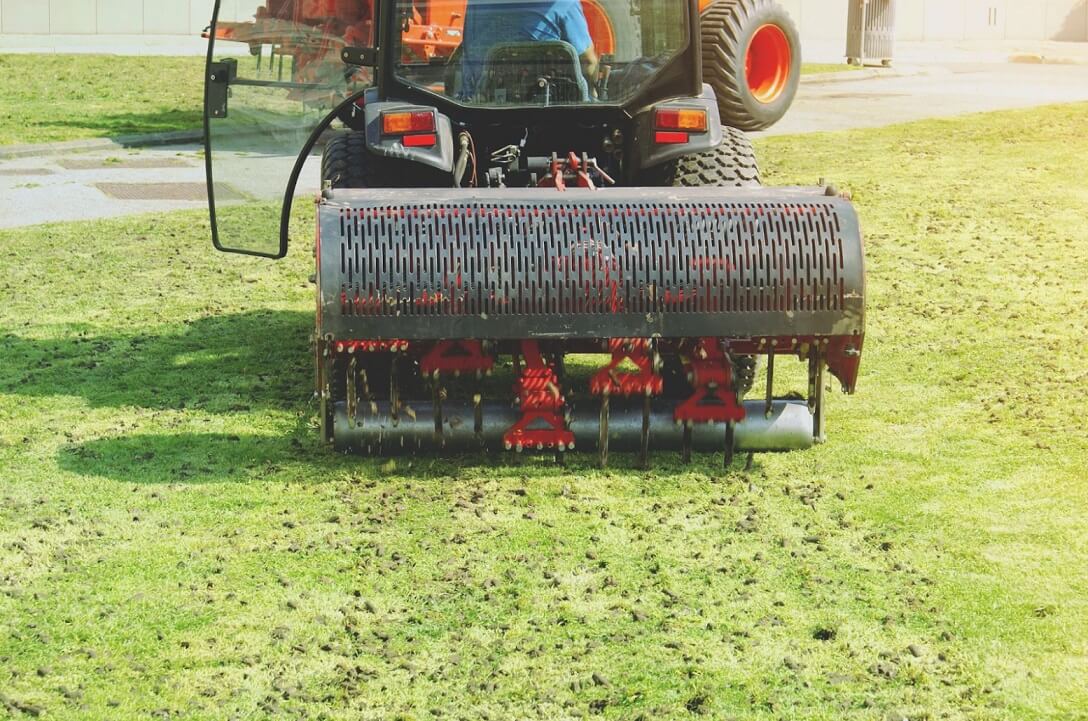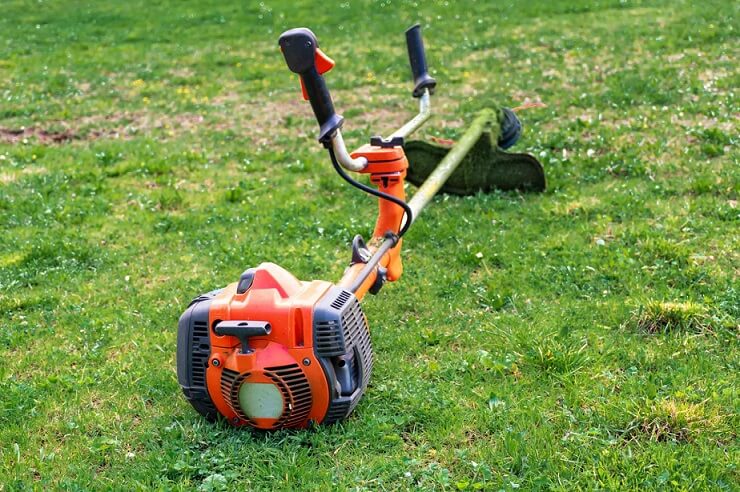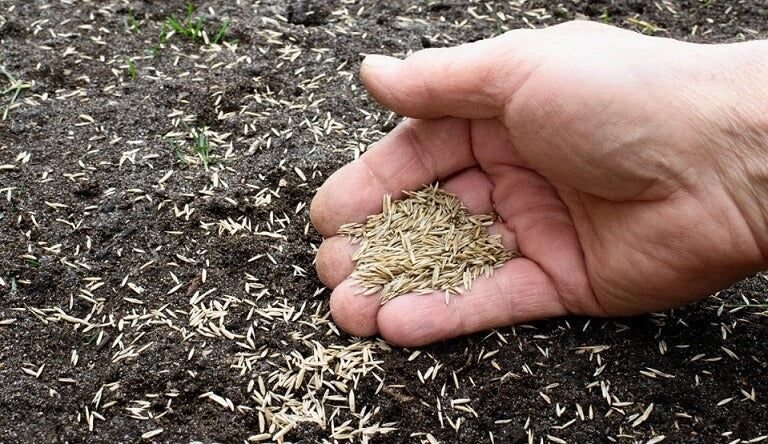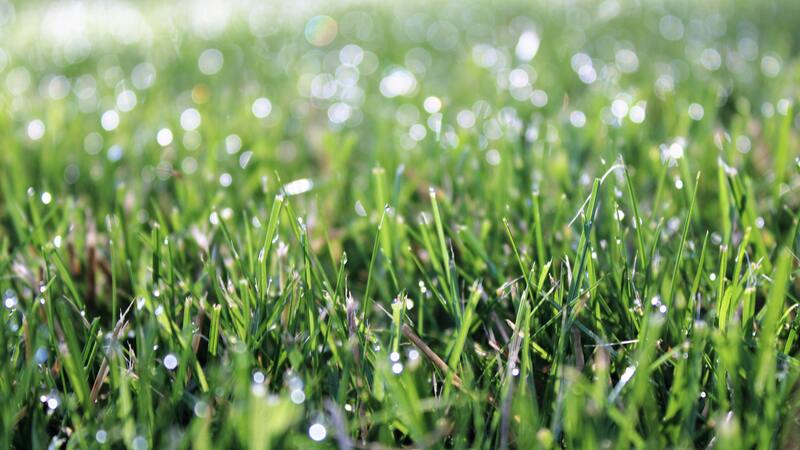Planning to aerate your lawn this season, but unsure because of the mixed views on spring aeration? Many homeowners face the same confusion. Some say spring works fine, while others warn against it, which makes the decision harder than it should be.
You can aerate in the spring based on the grass type and how the lawn has been maintained. People do get good results. But if you ask whether it’s the best or most recommended time, the answer leans toward no. Spring isn’t always ideal, and it isn’t compulsory. But how should you figure out what the right time is for your lawn?
Read through this blog to understand the aeration process, the different types of aeration, and why seasonal changes might make a big difference in choosing the right time for your lawn.
Why Lawn Needs Aeration?
Over time, the soil gets pressed down by foot traffic, mowing, rainfall, and even natural settling. This creates compaction, a condition where the soil becomes dense and tight. When that happens, air can’t move freely, and water doesn’t soak in evenly. As a result, nutrients stay locked near the surface instead of reaching the roots.

Lawn aeration addresses this exact problem. It relieves soil compaction, opens air and water pathways, and helps roots grow deeper. Basically, it breaks the sealed surface, helping the lawn recover and thicken again.
Core Aeration vs Liquid Aeration
Aeration is classified generally into two main types. The first is core aeration, the one most people are familiar with. It is done using a machine or manual tool that pulls plugs of soil out of the ground. This creates open channels and reduces compaction directly. Its drawback is that the equipment can be heavy, the plugs look messy, and it isn’t easy to use in every yard.

Then there’s a modern method: liquid aeration. Instead of pulling cores, it employs a spray solution that penetrates the soil and loosens it at a microscopic level. It doesn’t leave plugs on the surface and is easier to apply, but it takes time to show results and doesn’t provide the same immediate relief for heavily compacted soil.
Could You Aerate in Spring?
Spring aeration is a conditional yes. Since aeration only works when the grass is in active growth, fall is the recommended season for most lawns. Turf recovers faster, and weed pressure is naturally lower.
But this window can extend into early spring if the lawn wasn’t aerated in the fall and the soil is already showing signs of compaction. There’s one precaution you can’t skip. Any time you aerate in spring, apply a pre-emergent to stop weed seeds from taking advantage of the open soil.
When Spring Aeration Is Not Recommended
Having said that, you can aerate as part of spring lawn care, but it is not considered the ideal time for aeration for most grass types, as the lawn is entering a period of rapid weed growth.
When you open the soil during aeration, you create fresh spaces that crabgrass, goosegrass, and other annual weeds can take over before grass roots have a chance to fill those gaps. This increases weed competition at the exact time your turf is trying to build its early-season strength.
Another issue is that many cool-season grasses shift their energy toward top growth in spring rather than deep root development. Aeration helps most when roots are ready to spread, and that response is stronger in the fall. Aerating when the soil is still cold also slows recovery because the grass cannot heal the holes quickly.
Wet spring soil can add to the problem. If the ground is saturated, the tines smear the soil instead of pulling clean cores, which can worsen compaction.

Best Season for Aeration by Grass Type
Spring favors certain grass types, and here’s a more detailed outlook on what seasons work for which grasses and why:
Warm-Season Grasses
Warm-season lawns (Bermuda, Zoysia, St. Augustine, Bahia, etc.) respond best when aerated later in spring through early summer. These grasses need warm soil to reach full growth, and they only repair aeration holes quickly once temperatures rise. When the soil is still cool, the turf remains sluggish, and recovery slows.

Cool-Season Grasses
Cool-season varieties such as fescue, ryegrass, and Kentucky bluegrass perform best when aerated in late summer or early fall, since this is when root growth peaks and the turf can thicken efficiently.
That said, there is a workable backup window in early spring once the soil warms and the grass begins greening up. This spring option is mainly for lawns that missed fall aeration or are dealing with noticeable compaction. Recovery won’t be as strong as fall, but the grass can still benefit as long as growth has started.

How to Aerate Correctly If You Choose Spring
You can aerate by hand using a manual core aerator. We recommend it as it’s the most practical option for homeowners. The tool is inexpensive, easy to control, and works well for small to medium lawns. Mechanical motorized aerators do a thorough job, but rental costs are high, and maneuvering those heavy machines is difficult.
Check that the grass is actively growing
Only aerate when the turf is out of dormancy and showing clear growth. For cool-season grasses, the optimal period is in early spring once soil temperatures are above about 50°F. For warm-season grasses, the ideal slot is late spring or early summer when soil and shoots are fully active.
Do the moisture test and prep the soil
The soil should be moist but not waterlogged. Lightly irrigate one to two days before aeration if the ground is dry. If it’s too wet, tines will smear, and if too dry, aerators will not penetrate.
Mow and mark before you start
You will need to mow the grass slightly lower than normal to reduce interference with the tines. For hassle-free mowing, you can use a robotic lawn mower like Navimow i105. It will mow your lawn according to the schedule and precisely cut the grass according to the desired height.

Moreover, flag sprinkler heads, shallow irrigation lines, and buried cables to avoid damage. Otherwise, you will end up damaging these items.
Work methodically and cover the lawn twice if possible
Move slowly, overlap passes slightly, then repeat at a perpendicular angle if the machine and conditions allow. This gives better coverage and penetrates stubborn compacted zones.
Leave the cores or break them up lightly
Soil plugs will dry and break down, returning organic matter to the lawn. Raking to break large cores speeds the return, but is not required. Do not bag and discard healthy plugs.
Seed, fertilize, or add pre-emergent
If you plan to overseed, do it immediately after core aeration so the seed has good soil contact. Do not apply a pre-emergent herbicide at the same time as overseeding because pre-emergents block seed germination.
However, if you are not seeding and it is spring, apply a pre-emergent after aeration to reduce the risk of annual weeds exploiting the fresh soil.
Water and monitor recovery
Keep new seed and aerated areas moist until seedlings or turf plugs show recovery. Water more frequently but lightly in the first two weeks, then taper as the lawn establishes.

Final Words
Aerating in spring isn’t mandatory, and it isn’t off-limits either. The decision depends entirely on your grass type and the current condition of the soil. If the lawn is actively growing and the ground is ready, spring aeration can still deliver its benefits.
FAQs
What is the best time to aerate a lawn?
The ideal timing depends on your grass type. Fall works well for almost all lawns because soil conditions are stable. If we further segregate, the best aeration period for warm-season grasses is late spring to early summer, while for cool-season grasses it’s late summer to early fall.
Is it okay to aerate your lawn in spring?
Yes, you can aerate in spring when conditions favor fast recovery. This applies mainly when the lawn wasn’t aerated in the fall and the soil has become compacted over winter. If you choose spring, pair aeration with a pre-emergent unless you plan to overseed.
When should you not aerate your lawn?
Avoid aerating when the soil is too wet or extremely dry since the tines won’t pull clean cores. Spring is also risky for warm-season grasses that are still waking up and aren’t growing fast enough to heal.
How to tell if your lawn needs aeration?
Your lawn likely needs aeration if water pools on the surface, the soil feels hard underfoot, or a screwdriver hardly pushes into the ground. Thinning grass and visible thatch buildup are also clear signs of compaction that necessitate aeration.
More Blog
Should You Aerate Your Lawn in Spring
Planning to aerate your lawn this season, but unsure because of the mixed views on spring aeration? Many homeowners face the same confusion. Some say spring works fine, while others warn against it, which makes the decision harder than it...
Should I Cut Grass Short for Winter: The Expert Tips 2025
As winter approaches, many homeowners begin to wonder about the best practices for maintaining their lawns. One common question that arises is whether to cut the grass short before the cold weather sets in. Well, the answer may vary due...
How Long to Water New Grass Seed
Planted or planning to plant new seeds? You might have heard that new grass needs more care and water than an established lawn. The most common confusion is how long to water it so it grows well. Your concern makes...
When to Stop Mowing Your Lawn Before Winter?
As the weather gets colder, it’s time to prepare for the long winter season. While you’re preparing a good stock of food and remedies and weather-proofing your pets, don’t forget to adjust your lawn care routine, including when to stop...
How Often to Water Grass Seed?
You spread grass seed evenly and waited for a lush green lawn, but witnessed patchy sprouts. This usually happens not because the seed was poor, but because the soil surface dried out at the wrong time. If a seed once...
Can You Cut Wet Grass? Is it Safe?
Beginners and new lawn owners often ask if they can cut wet grass. It’s something that confuses many people, and yet, they are unable to decide. But not after reading this article. We will help you understand the issues of...






Share: